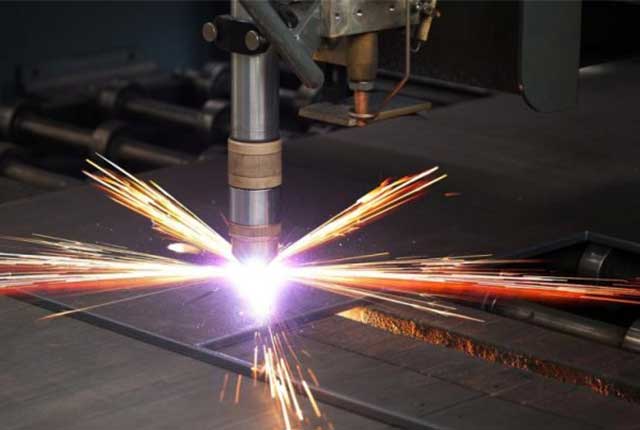WMT CNC Industrial Co., Ltd | All Rights Reserved.Design & Developed by VW Themes

The term “sheet metal processing” covers a large number of manufacturing processes. Basically, the word sheet metal working refers to the manufacture of products, components and parts made of metal. In addition to welding, cutting and bending, the processes of sheet metal processing also include punching, forming, rolling and joining. Sheet metal forming is usually also included in sheet metal processing, with the following subcategories:
Within the framework of sheet metal processing, both soft and resistant sheets can be produced, whereby the different characteristics are achieved by different alloys. For example, there are numerous elements that can be added to steel in the liquid state during metalworking and that determine the material properties of the sheet metal produced. In addition to silicon, nickel and chromium, these elements also include titanium, copper, niobium and molybdenum.
In metalworking, sheets can be made from different types of steel as well as aluminum and other metals – these are again available in different alloys. In order to categorize the different sheets, there are standards subsuming the materials according to their properties. In addition, material numbers were introduced to ensure a clear structuring of the sheets.
A brief history of sheet metal working
Anyone looking for the oldest form of metalworking will inevitably come across forging. In forging, metals are machined by means of force, for example with the aid of a hammer. Nowadays, this form of metalworking is very rarely found in the industrial sector and is rather used in the artistic sector. The first metal sheets were made of soft materials such as silver and gold. In the course of metalworking, the blacksmiths were able to shape these materials into thin sheets, from which jewelery and coins were subsequently made for instance.
A little bit later, the materials iron and copper also found their way into sheet metal processing. Especially in the High and Late Middle Ages iron sheets were used to make knight’s armor. At that time, rolling was still unknown in metalworking. Instead, the sheet metal was processed with hammers or hammer blows until the materials had the desired thickness. Of course, sheet metal and silver and gold were valuable materials – solely because of the value of the raw materials. However, iron sheets also became an expensive commodity, because the sheet metal processing was very complex and time-consuming. The raw materials had to be formed into sheet metal by pure manual work and with the aid of simple tools. Sheet metal processing therefore required a high degree of practice and experience.